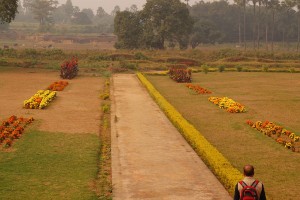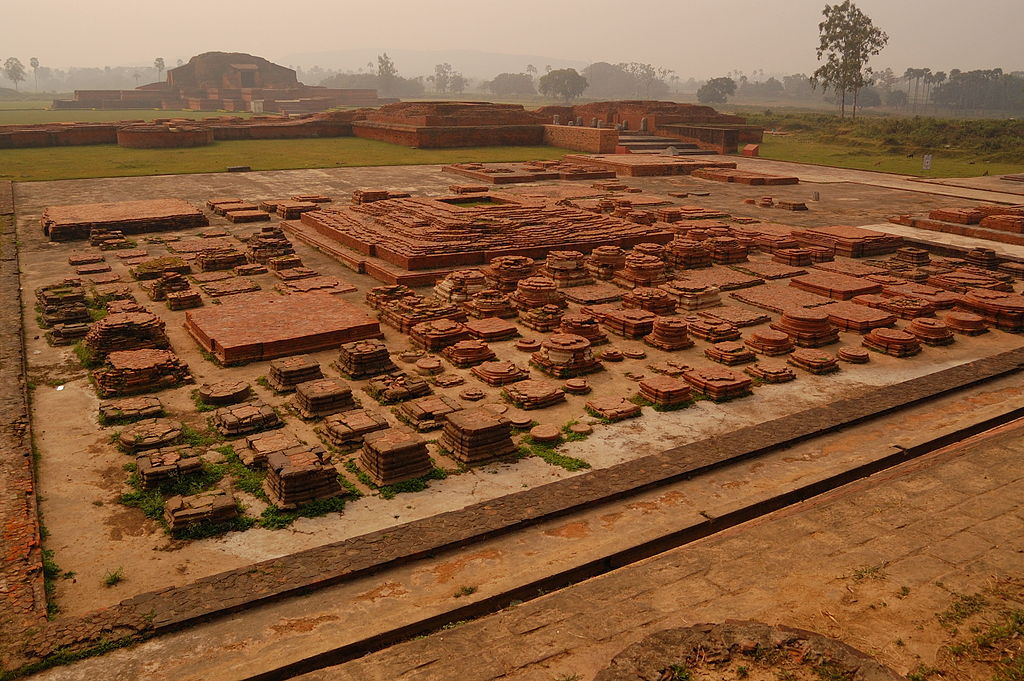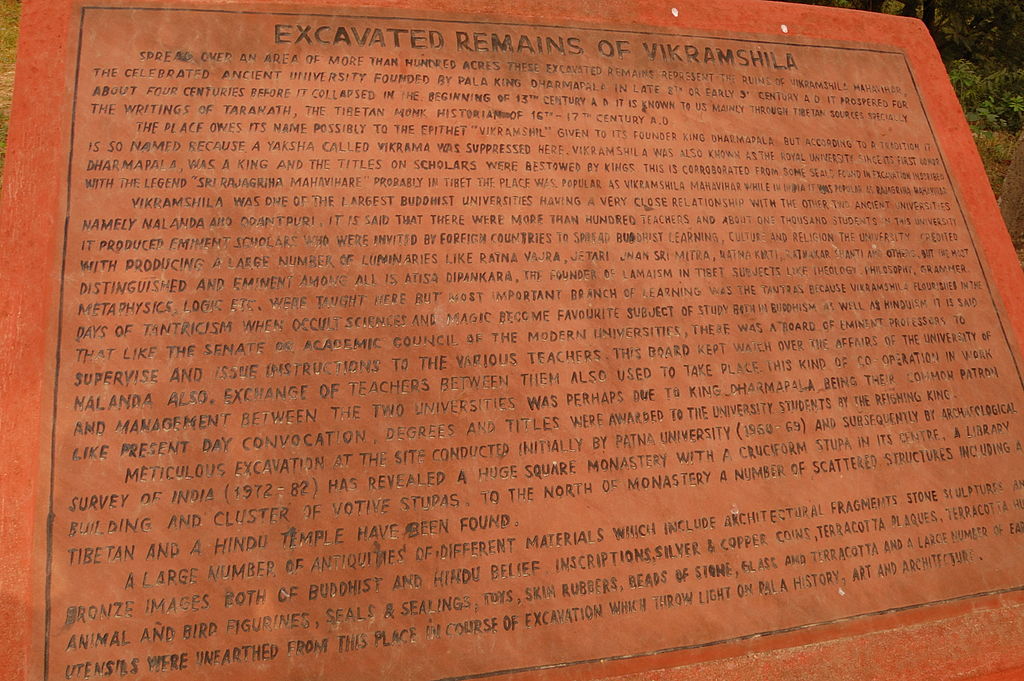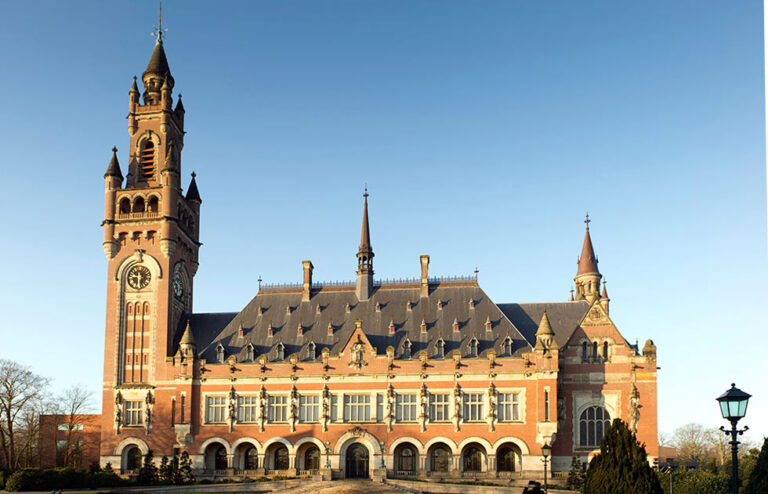
 By Nandini Bhushan
By Nandini Bhushan
Bihar has derived its name from the word “Vihar”, which means monastery, a place where monks lived together. It was here that Buddhism flourished in its initial day and the region was dotted with some of the important Buddhist monasteries or Vihars.
Such is the essence of its historical importance that Bihar itself represents history. Indian civilisation is believed to be one of the oldest civilisations in the world and Bihar has occupied the central place of activity and the seat of power for a major period of this great civilisation.
Yet, despite its historical importance, Bihar has been quite underrated and not a popular destination among tourists exploring the places witnessing great moments of history, largely because of the ignorance of people, just as most people are about Bihari cuisine. The fact is that Bihar has been an integral part of our glorious Indian history, yet it remains an unexplored historical travel destination, and has therefore been quite underrated among tourists. Blessed with remarkable relics and monuments from ancient dynasties and deeply linked with Indian history as a spiritual and learning center, it definitely deserves better treatment.
In this blog, I bring to you the historical sites of Bihar and its glorious past. Here is Bihar from the lens of an avid history lover to give you a chance to peep in the rich heritage of this glorious land of Buddha.
Vikramshila

As one walks through the ruins of Vikramshila University spread over 100 acres of lustrous surrounding, one realises the glory of the first ever full fledged University in the history of mankind. Located at about 32 km from the silk city of Bhagalpur in Bihar, Vikramshila was once the most important learning centre during the Nanda and Pala dynasty and ranked as one of the best universities along with Takshila and Nalanda.
A commoner called Lakshmi Kant accidentally found a mound near a village named Achintak. Although the excavation work was taken up immediately ,nothing concrete was found. Later it was only after the project was undertaken by the archeological survey of India, a massive monastery along with cruciform stupa in the centre along with numerous small stupa, a library and profusion of Tibetan and Hindu sculptures were found.
Also read: Tourist places of Bihar: A glimpse into ancient Magadh -Part 1
In the series of excavations, numbers of metal certificates unearthed, reveal that Vikramshilaa got its name from yaksha called “Vikramshil” , who was suppressed here, according to the Tibetan mythology.

History reveals that Vikramshila was one such pious land of India that became the centre of learning in the mediaeval age. It was established by the Pala ruler Dharampal (783 to 820 AD) with a noble cause to revive the quality of learning after the decline of Nalanda in the late 8th century. It prospered for about four centuries and eventually was reduced to rubble at the hands of Muslim invader Bakhtiyar Khilji. By the end of 1236 AD Vikramshila was reduced to deserted ruins. Being one of the largest Buddhist Universities, Vikramshila housed more than hundred teachers and about one thousand students. Such was the glory of this educational centre that many eminent scholars were produced from here who were often invited to the foriegn land to spread Buddhist culture, religion and teachings. Although subjects like philosophy, theology, grammar, logic and metaphysics were taught here, tantrism was one of the most important branches of learning. Atisa Dipankar, the founder of Lamaism in Tibet was one of its most renowned and distinguished scholars.

As you walk in the parikrama path you realise that the now deserted ruins has a million stories of glory in its brick and debris. There is a main stupa with deities on all its four sides. There are remains of fifty two hostel rooms surrounded by the main structure. Towards the South west corner of the hostel lies the underground meditation chamber attached with some of the rooms that was used by the monks for meditating. A few steps from here lies the ruins of the library and these places help one to relate to its past and their contribution. Towards the north is a well that has now been filled up. The library was air conditioned by the cooled water of the adjoining reservoir through a range of vents in the back wall. Residential block with a common verandah with a well planned drainage system has also been found there.
From the cultural point of view apart from education, Vikramshila University also contributed to the evaluation of new sects of Buddhism. It also proved to be an important centre of art and in particular the pala school of art. Various priceless art pieces have also been excavated from the site which is now on display in the museum there. There are several Buddha figures, statues of Tara, Mahakal, Loknath, Kuber, Ganesh, Mahishasur and all of them belonging to the Pala school of art. There is other stuff like coins, motifs, household utensils, iron arrowhead, stone inscriptions, ornaments, dragger at the display.
Vikramshila is a must visit historical site in Bihar to experience the illustrious past of the first ever organised education at university level.






Very informative and motivative
Prof. Prem raj Pushpakaran writes — 2022 marks the centenary year of Bihar Vidhan Sabha and let us celebrate the occasion!!!
https://worldarchitecture.org/profiles/gfhvm/prof-prem-raj-pushpakaran-profile-page.html